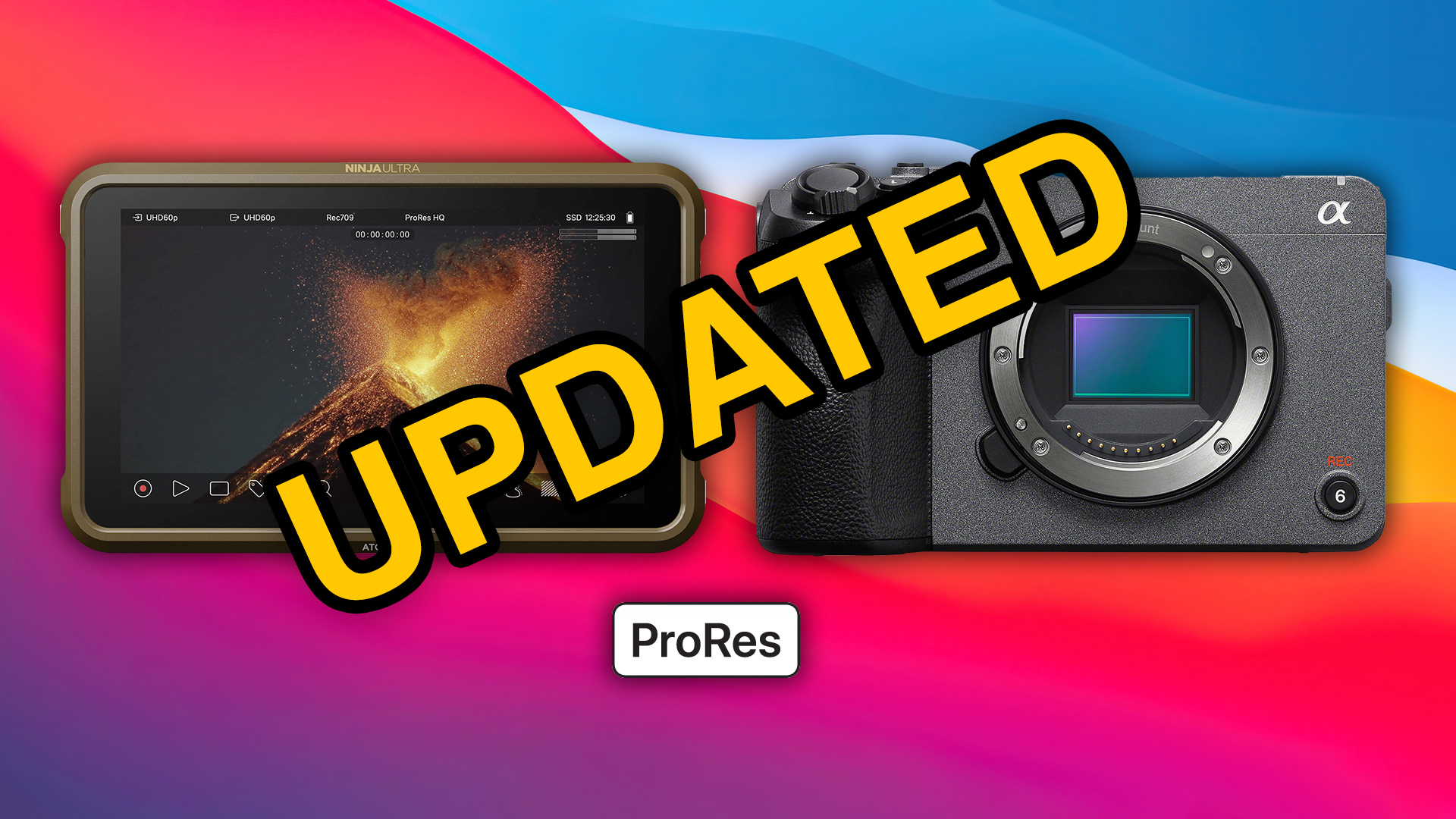Why Metabones opted for a 0.71x Speed Booster for the EOS R?
As any videographer enthusiast, I’m exited over the release of the Metabones Canon EF to RF Speed Booster ULTRA 0.71x, but it got me thinking… Why they decided to go with a 0.71x crop factor insted of 0.64x like the XL EF-Mount to MFT, and I believe the reason is… the market.
Many enthusiast have transitioned from crop cameras to full frame, then from Canon to Panasonic GH4, GH5 and GH5s using Canon glass adapted with a Speed Booster, and one of the most popular lens options was the Sigma 18–35mm f/1.8 DC HSM Art Lens for Canon EF, which is not only sharp, but has a constant aperture and a close focus range.
Here is an image of the Sigma 18–35mm f/8 simulating a 0.71x speed booster, the frame is a crop of a 4096x2160px area of the sensor, and the square inside the frame is a 3840x2160px area of the sensor, the one used for UDH video or FHD video on crop mode, the image is over exposed to see the vignetting:

Even though there is some vignetting on the UHD area, it is almost negligible, the only affected area is the 4K-DCI, which isn’t available on the EOS R. Here is an image of the same lens with the same settings but simulating a 0.64x Speed Booster:

It is clear that the 0.64x Speed Booster isn’t designed for crop lenses but for full frame lenses, one Sigma crop lens that can use the 0.64x Speed Booster is the 30mm F1.4 EX DC (HSM), here is an image simulating the 0.64x crop:

Notice how the vignetting is only visible over the 4K-DCI area but almost doesn’t touch the UDH area. Here is another image simulating the 0.71x crop factor:

No vignetting at all, so after this tests, it is quite obvious that the idea was to appeal to a wider market, to be able to adapt full frame and crop lenses.

